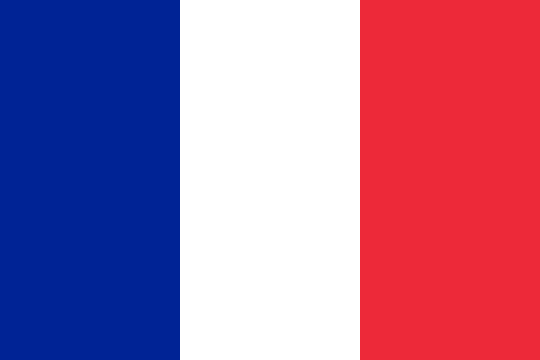Sequencing 6000 chloroplast genomes : the PhyloAlps project
Biodiversity is now commonly described by DNA based approches. Several actors are currently using DNA to describe biodiversity, and most of the time they use different genetic markers that is hampering an easy sharing of the accumulated knowledges. Taxonomists rely a lot on the DNA Barcoding initiative, phylogeneticists often prefer markers with better phylogenic properties, and ecologists, with the coming of the DNA metabarcoding, look for a third class of markers easiest to amplify from environmental DNA. Nevertheless they have all the same need of the knowledge accumulated by the others. But having different markers means that the sequecences have been got from different individuals in differente lab, following various protocoles. On that base, building a clean reference database, merging for each species all the available markers becomes a challenge. With the phyloAlps project we implement genome skimming at a large scale and propose it as a new way to set up such universal reference database usable by taxonomists, phylogeneticists, and ecologists. The Phyloalps project is producing for each species of the Alpine flora at least a genome skim composed of six millions of 100bp sequence reads. From such data it is simple to extract all chloroplastic, mitochondrial and nuclear rDNA markers commonely used. Moreover, most of the time we can get access to the complete chloroplast genome sequence and to a shallow sequencing of many nuclear genes. This methodes have already been successfully applied to algeae, insects and others animals. With the new single cell sequencing methods it will be applicable to most of the unicellular organisms. The good question is now : Can we consider the genome skimming as the next-generation DNA barcode ?
Licence: Creative Commons Attribution Non Commercial No Derivatives 4.0 International
Keywords: metagenomics
Remote created date: 2016-12-16
Remote updated date: 2017-01-11
Activity log

 France
France
